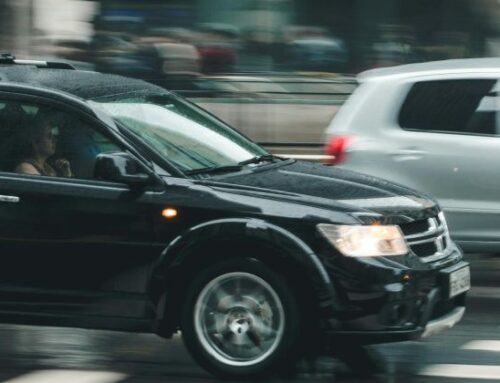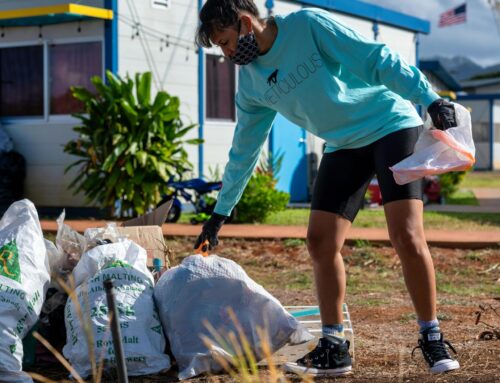Lane splitting & Lane Filtering is when a motorcycle rider passes between lanes of traffic to get past other vehicles. A lot of people–especially politicians–hate lane splitting and lane filtering. Here’s why we support it and hope New Mexico will update traffic laws with some common-sense allowances for motorcycle riders to lane split.
How is Lane Splitting Different From Lane Filtering?
Lane Filtering and Lane Splitting are basically the same thing: a motorcycle rider driving between vehicles instead of staying within a single lane. While states don’t have any kind of agreement on which is “filtering” and which is “splitting” many states choose to call it filtering when traffic is at a complete stop and a rider is working their way forward, perhaps to a stop light. Splitting is then when traffic is in motion. So, in summary:
- filtering: traffic is at a stop and the rider is moving through it
- splitting: traffic is in motion and the rider is moving between lanes to pass vehicles
For simplicity’s sake, we’re just going to call it all “Lane Splitting” since the difference is often minimal.
What’s the Difference Between Lane Splitting and Lane Sharing?
Lane sharing is when two motorcycle riders share the same lane, riding next to each other. While lane splitting is not allowed in New Mexico, lane sharing is, and if you’re a rider you’ve probably done it from time to time, especially when at a stoplight.
Is Lane Splitting Legal in New Mexico?
Lane splitting is currently not legal in New Mexico.
Some states have made lane splitting legal. For a long time it was only California that would allow any kind of lane splitting but now many states are beginning to see the benefit and increased safety and have introduced lane splitting laws. Some states have no laws either for or against it, but most likely a police officer would give you a participation award if you tried it in one of those states. So be sure you know the rules in the state you are traveling through.
Even in states where lane splitting is legal, a lot of what’s allowed is up to the judgement of the police watching you. If they feel you aren’t splitting lanes in a safe way they can just pull you over immediately. Some states have set rules about which lanes you can split or at what speed. For example, you may only be allowed to split the right and center lanes on the freeway, or only when traffic is at a complete stop or never over 30 miles per hour. Again, it is important you know the laws before you split lanes.
Is Lane Splitting Safe?
We’ve all seen the maniac on the CBR zipping between cars at 120 miles per hour. This isn’t smart nor is it what we advocate for. When done correctly, common-sense lane splitting can keep motorcycle riders and other vehicles safe.
Motorcycle riders get rear-ended all the time when traffic is heavy. Drivers of cars let their attention slip as they worry about finding a faster lane and they just don’t notice the rider right in front of them. These kinds of crashes lead to back and torso injuries, head injuries, and worse. When lane splitting/filtering is not legal, the rider is totally exposed to these kinds of mistakes. But when the rider can work their way forward and remain between lanes, rear-end crashes are virtually eliminated.
Riders also have to deal with the weather. Normally that’s no big deal, but imagine sitting in triple-digit temperatures, under a blazing sun, surrounded by red-hot car exhausts and asphalt that can be over 150 degrees on its surface. It’s no wonder riders are at terrible risk for heat related injuries. The only way riders have to cool off is through movement. Getting air flow from movement keeps the rider cooler. Plus being able to move means being able to get out of traffic sooner, reducing time spent in the heat.
Of course, lane splitting related injuries increase in states where it becomes legalized. That’s to be expected. But the trade-off can be worth it, especially when the laws are reasonable and encourage safety.



